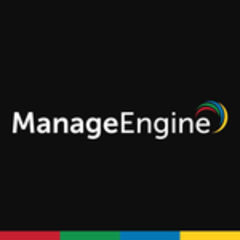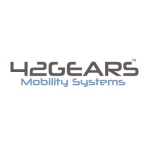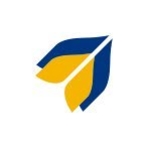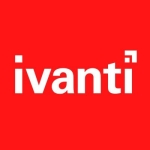What is our primary use case?
Desktop Central has been used to solve the following problems within the organization I have implemented it into:
1. Ensures that the inventory of hardware and software is accurate.
2. Ensures that the configuration of this hardware and software is in alignment with organizational policies and procedures.
3. Ensures the vulnerabilities of hardware and software is understood.
4. Ensures that the remediation of these vulnerabilities is planned and accomplished.
5. Sustainably build secure devices rapidly.
6. Create policies and procedures that are easily repeatable because of the use of a powerful all-inclusive tool.
How has it helped my organization?
Desktop Central has improved these organizations and this is why it has been repeated multiple times at multiple organizations. If something works and is getting better it is worth repeating.
Because of Desktop Central, these organizations now have an accurate inventory of software in their organizations and can control what software can be on their devices and cannot. They have an authoritative and living inventory of devices and know who is using them. These devices and this software can be reliably configured in alignment with standards. Vulnerabilities are identified and remediated rapidly and devices are able to be rapidly imaged.
What is most valuable?
This platform is powerful because of the following:
1. It combines many powerful functionalities into one user-friendly and intuitive interface.
2. The scope of the platform makes the platform worth spending the time to train users on.
3. The platform is easy to train others on and because of these efforts with the platform can be replicated making the team more agile and effective.
4. Granular access can be provisioned so users can have access to the tools and systems that are needed for a user and not everything they do not need.
What needs improvement?
Computer imaging is powerful but breaks frequently. The reason for this breaking is not clear and requires heavy amounts of attention to keep operational. There is a lot of room for this tool to do more but the reliability of this process should be focused on first to ensure core competencies are being fixed before more features are added.
Support, when a problem happens, is not efficient at responding to problems and resolving issues efficiently. This is difficult because the time when we need this to be at its best is when we are having a problem and this has compromised our confidence in the product because support might not be confident in resolving issues when they come up.
For how long have I used the solution?
I have implemented and operationalized Desktop Central at two organizations that I have had lead technology strategy for over the past 5 years.
What do I think about the stability of the solution?
Several parts of the solution are very stable and other parts require additional focus on stability.
What do I think about the scalability of the solution?
Desktop Central becomes more and more dependant upon the initial architecture of the platform the more and organization needs to scale up and out. There appears to be no onboarding process that accounts for accommodating users that want to ensure the initial architecture is invested in properly.
How are customer service and support?
Our customer service and technical support experience has been lackluster and were are keen on seeing this improve.
Which solution did I use previously and why did I switch?
Other tools were used and we switched because the other solutions were weak in some areas and support was unable to help when bugs were found, services were unreliable or when services stopped working for no reason.
How was the initial setup?
The initial setup for someone new to the platform is complex. This is especially true for more refined setup areas.
What about the implementation team?
In-house development. Difficult time finding vendor teams that are trusted and can bring expertise and efficiency. I would be interested in even using a resource like this today to help continue in adoption.
What's my experience with pricing, setup cost, and licensing?
Setup requires you to really roll up your sleeves and to dig in to connect the dots to get things up and running. Resources are not easy to find that are experts in deploying this platform and getting it fully up and running. The more you can refine the deployment the more value that the platform provides and someone that has never deployed this platform will see a high barrier of entry to accomplish these finer elements.
Which other solutions did I evaluate?
Other options were evaluated and as the market evolves they continue to be evaluated.
Which deployment model are you using for this solution?
On-premises
Disclosure: My company does not have a business relationship with this vendor other than being a customer.





















